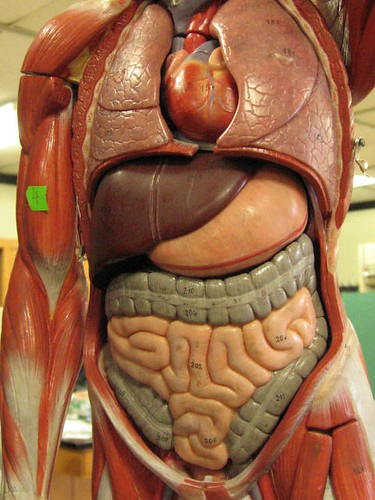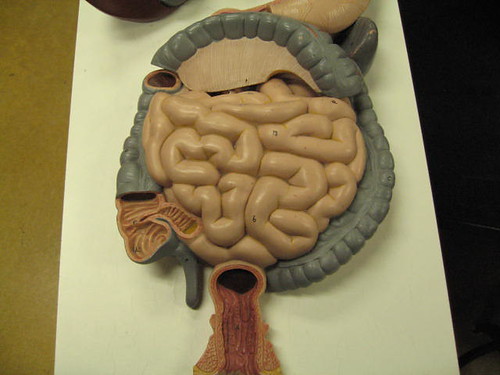| Share Presentation: https://NeoK12.com/pres/ZDIGSYS5 | |
|
2. Food goes in the mouth.
3. Your tongue taste the food.
4. Your teeth chews the food and makes it smaller
5. The salivary glands help break down the food and make it easier to swallow. You might call this spit.
6. You swallow the food.
7. The food goes down the esophogus. The esophogus is the tube that connects the mouth with the stomach. | ||||
|
8. The stomach is like a sac where the food is churned and mixed with juices to help digestion.
9. Next the stomach pushes the food into the small intestine.
10. The small intestine is like a 20 foot-long rope. It has many tiny fingers that trap tiny food bits and send them all through the body in the blood stream.
11.When all the bits of food have been taken by the body, what is left is called waste.
12. This waste moves through the large intestine, sometimes it is called the colon. All the water is taken out of what is left. It is packed together so it can pass out of the body. It looks gross. You might call it feces, or in our house, poo. | ||||
|
This is the stomach.
This is the small intestine.
This is the large intestine or colon.
This is the rectum where poo comes out. | ||||


